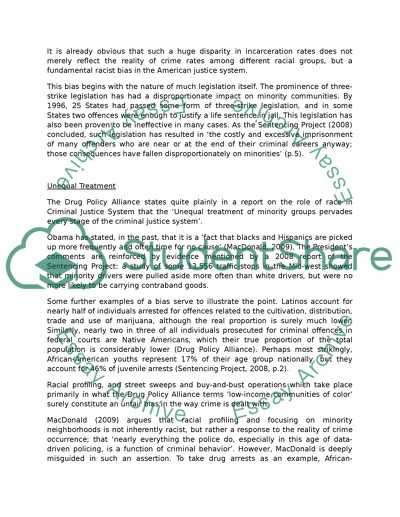Cite this document
(Racial Inequalities in the US Justice System Research Paper, n.d.)
Racial Inequalities in the US Justice System Research Paper. Retrieved from https://studentshare.org/social-science/1568989-racal-inequalities-n-the-us-justice-system
Racial Inequalities in the US Justice System Research Paper. Retrieved from https://studentshare.org/social-science/1568989-racal-inequalities-n-the-us-justice-system
(Racial Inequalities in the US Justice System Research Paper)
Racial Inequalities in the US Justice System Research Paper. https://studentshare.org/social-science/1568989-racal-inequalities-n-the-us-justice-system.
Racial Inequalities in the US Justice System Research Paper. https://studentshare.org/social-science/1568989-racal-inequalities-n-the-us-justice-system.
“Racial Inequalities in the US Justice System Research Paper”. https://studentshare.org/social-science/1568989-racal-inequalities-n-the-us-justice-system.


